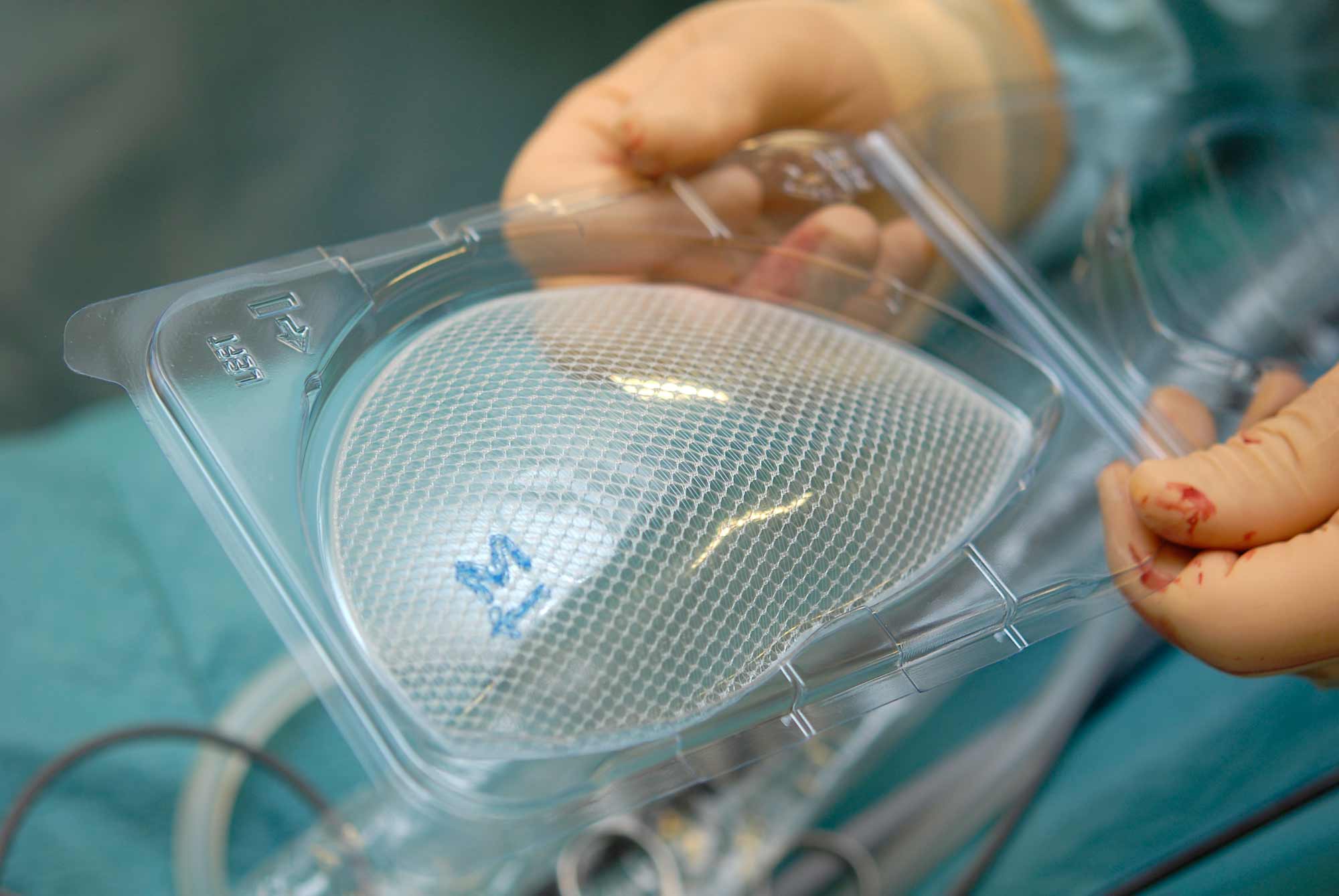
Hicks-Three-Shires_063
Surgical Mesh
Surgical mesh is a type of implant used for hernia repair. About 1 million meshes are inserted worldwide each year. The mesh is like a net and is used to cover and reinforce the defect in the abdominal wall. Meshes are made of a non-absorbable net, usually made of prolene or polypropylene, In some circumstances, the prolene is mixed with an absorbable component such a vicryl, (Vypro, Ethicon)
Most meshes are flat sheets of fabric but increasingly pre-moulded meshes are used for laparoscopic work.
When the mesh is inserted into the abdominal cavity, for example for the repair of an incisional hernia, the mesh is coated on one side to prevent the bowel from sticking to it, (Dynamesh IPOM, coated with anti-adhesive polymers, Proceed or Parietene Composite)
There is a huge range of meshes available, supplied by a range of companies. In principle, however, there are two main types. Heavyweight small porous, and lightweight large porous meshes.
The heavyweight meshes are designed to guarantee mechanical stability. They create a dense scar plate.
In contrast, lightweight meshes are designed to mimic the physiological movement of the abdominal wall. Meshes in this group have large pres and high flexibility. There is a significant reduction in scar tissue formation with these meshes.
Studies have shown that mesh complications are rare. However, some of the reported risks of mesh are serious and can be severe. Early results suggest that complications are less common with lightweight large pore mesh.
Complications of mesh repair
- Seroma
- Infection
- Chronic pain
- Recurrence
- Fistula
- Degradation
